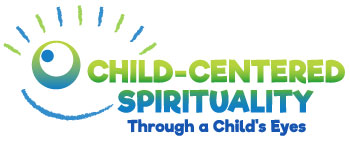 Older children and teens learn and process much of their thinking through the lenses of movies, music, art, and literature. Think of how much time they spend exploring and learning through the media, absorbing perspectives about the nature of life, humanity, redemption, love, and spirituality.
Older children and teens learn and process much of their thinking through the lenses of movies, music, art, and literature. Think of how much time they spend exploring and learning through the media, absorbing perspectives about the nature of life, humanity, redemption, love, and spirituality.
Although the messages and beliefs vary widely from one movie to the next and from one song to the next, we can help children process these perspectives by taking the time to ask them how they respond to the beliefs that underlie each work of art.
 As spiritual beings, we are natural creators. We create art and music, literature and film, to tell stories that help us understand the nature of life. We crave a narrative framework that helps us understand ourselves and others and our place in the world. Most created works bear the marks of our human search for meaning. A creative work does not need to be explicitly religious in order to have spiritual meaning and insight.
As spiritual beings, we are natural creators. We create art and music, literature and film, to tell stories that help us understand the nature of life. We crave a narrative framework that helps us understand ourselves and others and our place in the world. Most created works bear the marks of our human search for meaning. A creative work does not need to be explicitly religious in order to have spiritual meaning and insight.
Next time you watch Cinderella with a four-year-old, take some time to talk about it afterwards. Next time you go to the movies with a teenager, ask them what they thought the movie was trying to say. When they are listening to a particular band or singer, ask what view of the world is being communicated.
You might be surprised at how brilliantly observant kids can be.

Interesting concept: instead of judgeing what our teens and children are seeing or listening to; we can just ask them what they think of it.